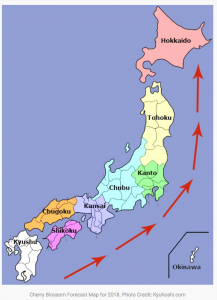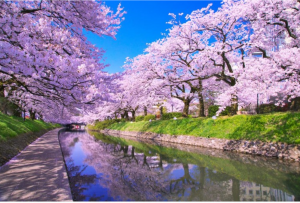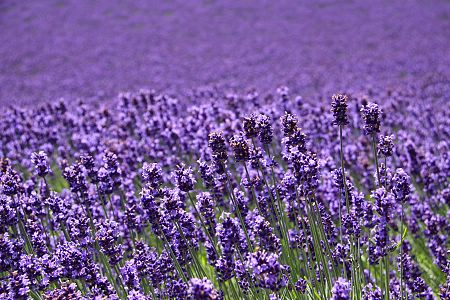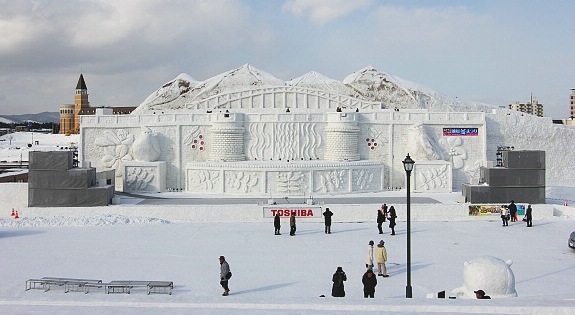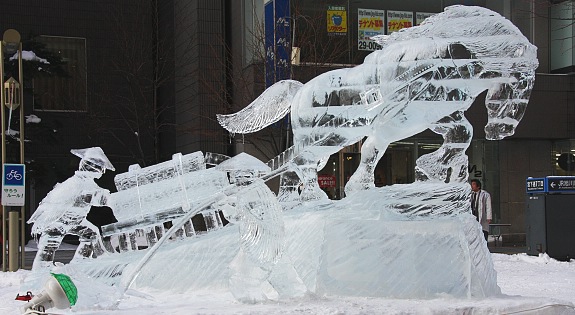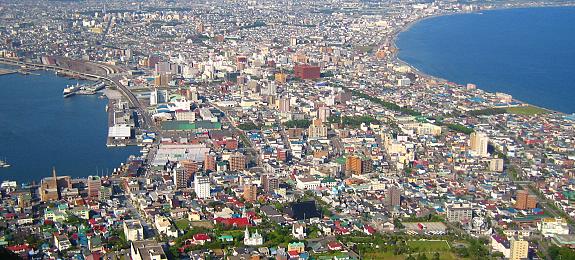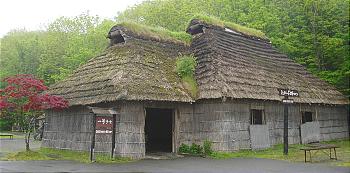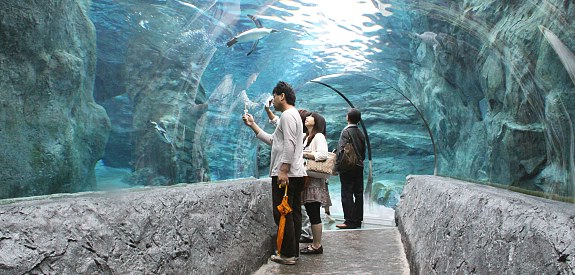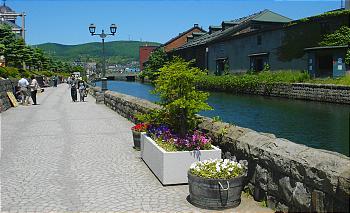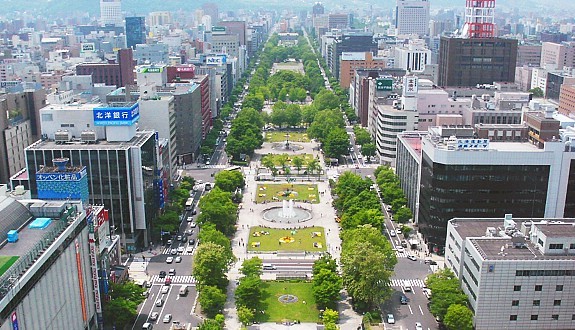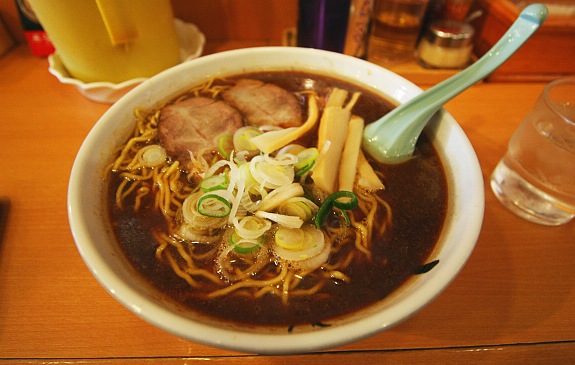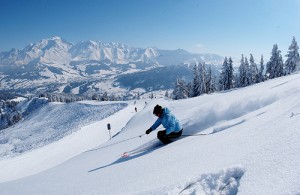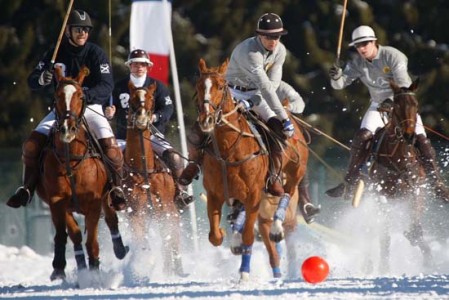Gstaad-Switzerland

Gstaad
Bernese Oberland
The Gstaad-Saanenland holiday region in the Bernese Oberland is popular with a charming mix of visitors: while the chalet village of Gstaad attracts countless stars and starlets the smaller neighbouring villages offer attractive options for families with children.
In the past years the centre of Gstaad has developed into the most popular and shortest shopping street in Switzerland. With its top hotels, gourmet restaurants, luxury chalets and nearby Saanen airport, the car-free resort of Gstaad is a popular destination for international celebrities. With the neighbouring resorts of Saanen, Rougemont, Schönried, Saanenmöser, Zweisimmen, Gsteig and Lauenen, the Saanenland as a whole however offers a considerably broader spectrum: the nature preserve by idyllic Lake Lauenen with its waterfalls and high moors, the narrow streets in the historic village centre of Saanen, the advantageous situation of Schönried and Saanenmöser for winter sports enthusiasts and the peacefulness of the idyllic mountain village of Abländschen are examples of an extremely diverse holiday region.
The Saanenland ski and hiking arena with 57 transport facilities has been given the name «Gstaad Mountain Rides». It is accessible from several villages by link transport facilities. The Montreux-Oberland-Railways (MOB) and buses connect Gstaad with other base stations in Saanenmöser, Schönried, Zweisimmen, Gsteig, Reusch, Lauenen Rougemont and Château-d’Oex in the French-speaking neighbouring region of Pays d’Enhaut.
Summer
The wide-open countryside of the Saanenland offers a versatile and and diverse sports programme: hiking (trail network of over 300 km), mountain biking, paragliding and golf. On the River Saane there are opportunities for mountain torrent and canoo adventures. Summer cross-country skiing is possible in the «Glacier 3000» ski region. The summer toboggan run in Schönried, a via ferrata and the Lake Lauenen nature paradise are ideal excursion destinations for families.
Winter
In winter, 220km of pistes at altitudes of up to 3000 metres above sea level await skiers and snowboard riders. Several snowparks and numerous toboggan runs as well as 165km of trails for classic- and skating-style cross-country skiing are at the disposal of visitors. For walkers there are about 200km of winter walking trails. Among the rather more unusal activities on offer there is Bavarian curling in the centre of Gstaad and glacier- and heli-skiing.
Winter in the smaller resorts in the region, such as Lauenen, means peace and pleasure on long winter walks, while cross-country skiing or taking a ride in a horse-drawn sleigh.
Wellness
True to its slogan, “come up, slow down”, Gstaad provides a deliberate counterpoint to our increasingly hectic daily lives. The wellness destination of Gstaad guarantees a perfect wellbeing experience thanks to its intact nature, unsurpassed variety of leisure activities, healthy mountain agriculture and international top events. The right pampering programme is provided by five hotels with a publicly accessible and complete wellness infrastructure, eight hotels with a partial wellness offering and a sports centre with indoor swimming pool. The area’s harmonic topography is made up of five valleys. The location between 1,000 and 3,000 metres above sea-level has a positive impact on your wellbeing. Rushing mountain streams, sparkling mountain lakes, forests and gently rolling green hills with a spectacular Alpine backdrop lend the landscape its idyllic charm. Gstaad is also a paradise for fine diners, with more than 100 restaurants ranging from cosy raclette restaurants to acclaimed gourmet temples. Those who are fond of Alpine authenticity will find plenty of options for accommodation in traditional Alpine operations. Gstaad’s car-free promenade and its easily accessible recreation areas complete the overall impression in a pleasant way.
Highlights
- Gourmet restaurants – the gourmet’s paradise of Gstaad has no fewer than fifteen renowned restaurants, including the Restaurant Chesery which has been awarded 18 Gault Millau points.
- Lake Lauenen – idyllic mountain lake you simply have to take a dip in and excursion destination with a restaurant for mountain bikers and walkers.
- Scooter fun – Wispile-Gstaad or Sparenmoos-Zweisimmen offer fast descents on special scooters.
- «Golden Pass» panorama railway – journey from Montreux on Lake Geneva via Gstaad to Lake Thun and from there on to Lucerne in Central
Top Events
- International Balloon Festival in Châteux-d’Oex – most important Alpine balloon event with about 90 hot-air balloons in a variety of shapes and colours (January).
- Swatch FIVB Beach Volleyball World Tour – 1to1 energy Grand Slam Gstaad – volleyball admidst impressive scenery (July).
- Crédit Agricole Suisse Open Gstaad – international ATP Tennis Tournament with elite players (July).
- Davidoff Saveurs Gstaad – celebration of authentic flavours from kitchen, cellar and humidor (July).
- Menuhin Festival Gstaad – summer music festival in honour of the great violinist and conductor (July – September).
- Hublot Polo Gold Cup Gstaad – international teams riding fiery Arab horses fight for victory (August).
- Country Night Gstaad – leading country event encompassing a wide musical spectrum (September).
- Sommets Musicaux de Gstaad – intimate festival of classical music in spring (February/March).








































